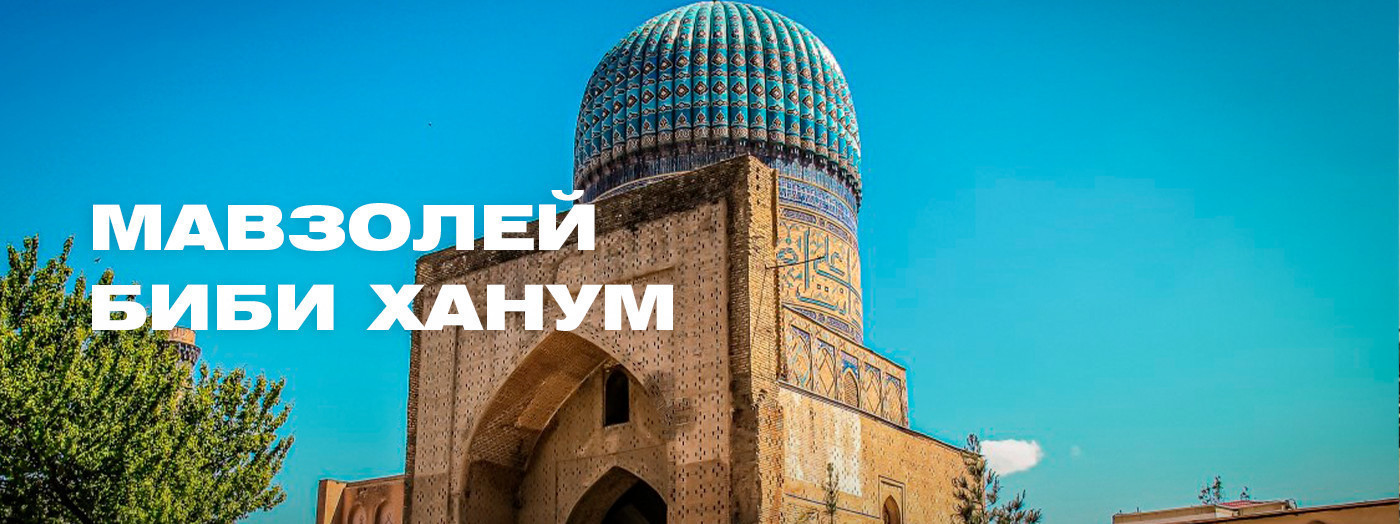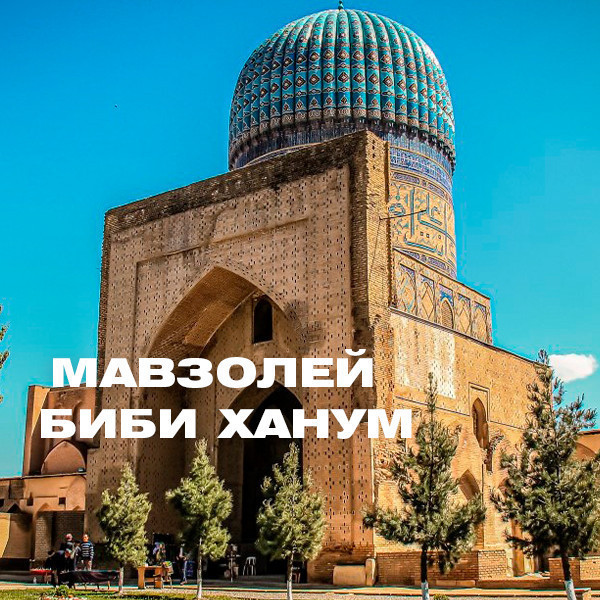
About event
On the eastern side of the Jame Amir Temur mosque, built 6 centuries ago, Amir Temur’s beloved wife and the intelligent, enterprising and wise Saraimulkhanim-Bibikhanim lie in eternal sleep.
We can read the first information about the Bibihanim mausoleum from the diaries of Ruy Gonzalez de Clavijo, the ambassador of Henry III of Castile, who visited Samarkand in 1404. When the mausoleum was built, it was luxurious and majestic, its walls were decorated with colorful tiles, patterns and verses from the Koran. The internal structure of the mausoleum is two-story, with a sacristy below and a shrine above.
In 1941, scientists under the leadership of archaeologist Yahya Gulyamov conducted excavations in the mausoleum and found out that the mausoleum was built on a cultural layer of the 11th-12th centuries. In June 1941, archaeologists under the leadership of Y. Gulyamov opened and examined the tombs in the mausoleum. S.A. Lapin wrote that when he entered the mausoleum in 1889, he saw a stone lid with an inscription on this coffin.
In 1926, when the artist I. Mrachkovsky conducted research in the mausoleum, he wrote that this tablet was stolen and replaced with a simple lid without inscriptions. Sculptor M. Gerasimov created a documentary portrait of the deceased.
According to historians, Bibikhanum was the daughter of the emir of the Kazan Khan, who belonged to the Chigatoy dynasty, who became the Khan of Movorunnahr in the 40s of the 14th century. According to assumptions, he was born in 1341 in Zanjirsarai in the current Kashkadarya oasis. When she comes of age, she marries Hussein, the grandson of the Emir of Kazakhstan. After Amir Hussein was killed in 1370, Bibikhanum married Amir Temur.
Age restrictions / Language
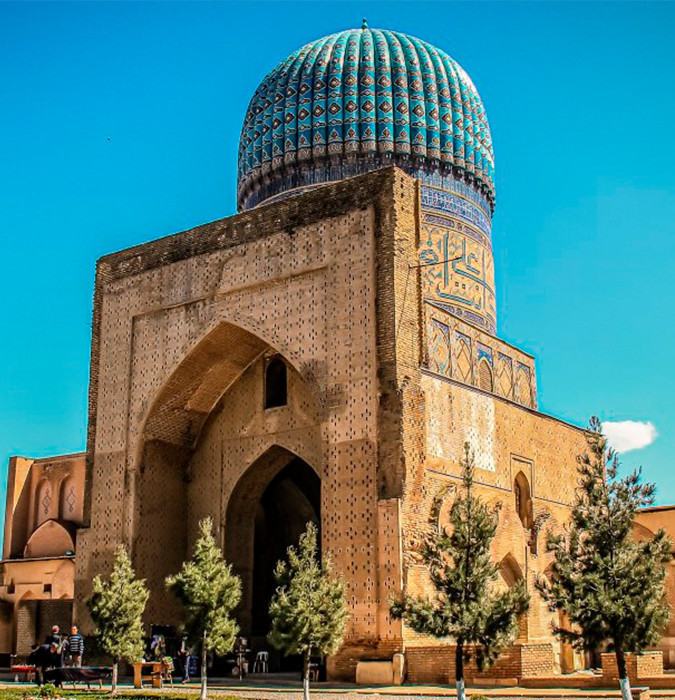

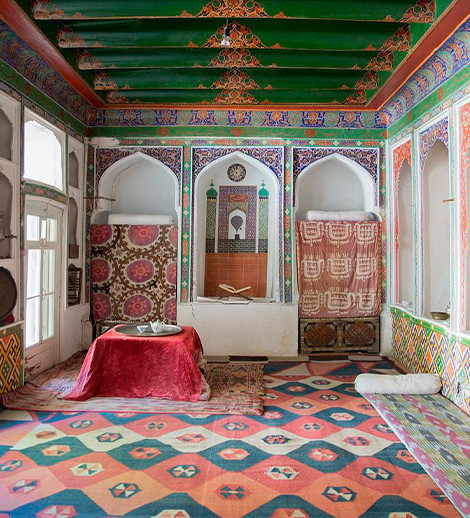
 from 2 000 UZS
from 2 000 UZS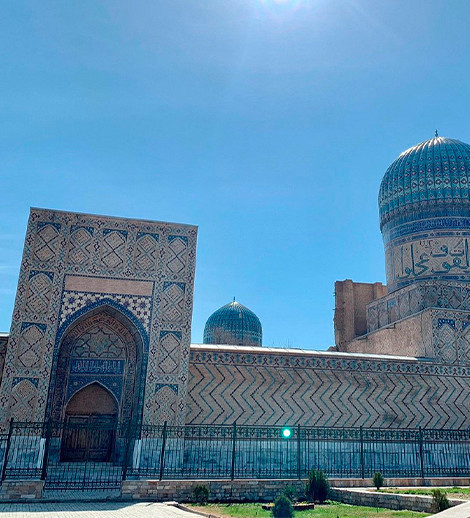
 from 2 000 UZS
from 2 000 UZS
 from 2 000 UZS
from 2 000 UZS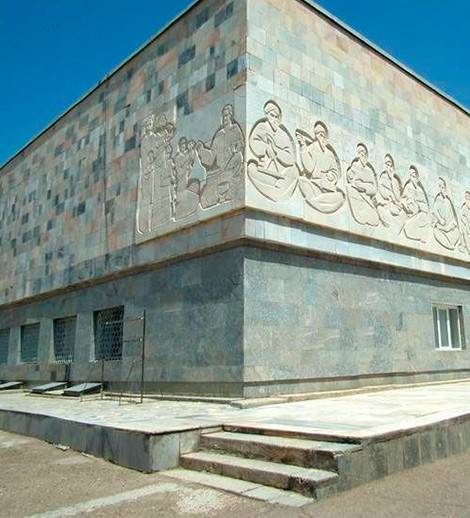
 from 2 000 UZS
from 2 000 UZS
 from 2 000 UZS
from 2 000 UZS
 from 2 000 UZS
from 2 000 UZS